|
During these short, dark, drizzly winter days, I’ve spent a lot of time curled up in front of the fire dreaming and reading about adventures. I’ve become slightly obsessed with riparian adventures - travels down, up, on, beside and in rivers. We’ve got a couple of potential river walks in mind for 2016 and (hopefully) a really big, exciting one in 2017 . . . stay tuned! In the meantime, here are nine things I like about river journeys. (Supported by evidence in the form of books, mostly. But also some TV.) Find a river. Follow it. What could be more simple? Olivia Laing’s To the River: A Journey Beneath the Surface is a gentle exploration of the River Ouse in East Sussex, a walk taken one hot summer week. It’s a musing on the meaning of rivers as well as a bit of a history of this area and those who have lived in and loved it, with a particular focus on Virginia Woolf (who lived in the area and drowned in the Ouse). Laing stops along the way to lie in fields of long grass and take dips in the cool water. The UK’s rights of way network means she can follow footpaths for most of the route, including the Ouse Valley Way, a signposted long-distance walk. It’s more a rambling holiday than an exciting adventure. It sounds delightful. Find a river. Try to follow it through ravines, jungles, deserts, cities, war zones . . . it's not always a walk in the park. Levison Wood walked the length of the Nile (well, most of it) a few years ago. Wood’s 6,850km (4,250mi) trek took him from Rwanda to Egypt via Tanzania, Uganda, South Sudan and the Republic of Sudan. The documentary series shows danger on all sides: from humans, wild animals and from the environment itself. He’s robbed on the road, encounters hippos and crocodiles and narrowly avoids being caught in the gunfire of civil unrest. The fighting means he has to abandon part of the walk. In all this high drama, the mundanity of the scene in which Matthew Power, one of Wood’s travelling companions, dies of hyperthermia (heatstroke) is quite shocking. But Wood experiences some incredible sights, stays with hospitable people and visits some fantastically interesting places. Watching his dash into the sea at the end almost makes me want to do it myself. Almost. Are your river fantasies are more Wind in the Willows than Wild West? I like the idea of recreating Three Men in a Boat (as Griff Rhys Jones, Dara O’Briain and Rory McGrath did for TV a few years ago) or hopping aboard a narrowboat and exploring the UK’s waterways, following in the wake of L.T.C. Rolt, who helped revive interest in Britain’s canals in the mid 20th Century. There’s also a huge river network in Europe. Who's to say that taking a steamer up the River Yenisei to spend a miserable season in the Arctic coldness of Dudinka - like Colin Thubron does in In Siberia - can’t be a kind of depressing adventure, too? If your ideal journey involves a bit more physical work yourself, take inspiration from the women who attempted to kayak the Amur River from Mongolia, through Russia to the Pacific Ocean, try paddle-boarding the Thames like Mel and Michelle, kayaking the Murray like Rod Wellington or packrafting down the River Spey like Alastair Humphreys and Andy Ward. Rivers have been used as trade and transport routes for millennia. In Meander: East to West along a Turkish River, Jeremy Seal travels 500km on foot and in his fold-away canoe. He travels through fields and along highways, he finds traces of cultures, wars and mass migrations winding back thousands of years. At one point, Seal reads the history of a mound of earth and sees “the early people who had settled by the tributary banks 6,000 years ago, the Arzawans and the Hittites, the Phyrgians, the Persians and the Greeks, the Romans and the Byzantines, the Mongols and the Tartars, the Ottomans, their dead sheikh entombed where the past broke surface, and, finally, an agricultural consultant . . . pondering Anatolia’s present troubles.” Later, he moors up beside an island, tying his canoe to the remains of a fluted column rising from the water and is accosted by goats as he eats his lunch among the ruins. Travelling along a river, either upstream or downstream, is a bit like playing detective. Each new day sheds light on the day before: why the salt is creeping upstream, why the fish are abundant (or not) this year, why farmers have stumbled on hard (or easy) times, or why local attempts to clean up the river are facing an uphill battle. Following a river can give you an insight into the into the environmental effects of climate change, intensive (mis)use of water, damming, waste disposal and agriculture. In the four part series The Mekong River with Sue Perkins (and this will come as no surprise to you clever readers) Sue Perkins travels up the Mekong River. The series touches on the history, cultures and environmental impact of river users in Vietnam, Cambodia, Thailand, Laos, Burma, China and Tibet. Near the end, it’s a shock to be confronted with the construction of the enormous Xayaburi hydroelectric dam, which will block the flow of the river. You don't need to save up, quit your job and get on an international flight. Find a short river somewhere near your house and block out a day in your diary to explore. Last year, we spent a day walking and driving the length of the River Cuckmere in East Sussex - starting at the sea and ending at the source (or one of them). On the way we visited chalk carvings, churches and a reservoir and learnt more about the history of the area. The biggest surprise was the source itself: a bright orange, iron-rich spring bubbling out of the ground. There are many of these shorter rivers in the UK (Roger Deakin dabbles in a few over the course of his brilliant book Waterlog: A Swimmer’s Journey Through Britain - recommended reading). Africa has the Nile, the Congo and the Niger; South America has the Amazon and the Paraná; Asia has the Mekong. But you have to travel a significant way down the list of the world's longest rivers before getting to one that flows through continental Europe: the Danube. In December 1933, Patrick Leigh Fermor set off to walk across Europe to Istanbul. His journey is documented in three books, published in 1977 (A Time of Gifts), 1986 (Between the Woods and the Water) and - unfinished, posthumously - 2013 (The Broken Road). In December 2012, Nick Hunt set off with apparently very little preparation beyond reading Fermor's first two books and setting up a Couchsurfing account to retrace Fermor's steps and find out what had changed in the intervening eighty years. Hunt's book Walking the Woods and the Water, published in 2012, is an account of that journey, often along the Rhine and the Danube, through Holland, Germany, Austria, Slovakia, Hungary, Romania, Bulgaria and Turkey. It’s not only an interesting account of a very long walk, but a great little introduction to contemporary European politics and cultures. There are loads of amazing books, articles, blogs, videos and websites dedicated to river journeys. And there’s Google Maps. Put it in satellite view, tilt it if you want, and take your own trip in a far-flung corner of the globe. I have a bit of an addiction to following Russian rivers - the Lena is one of my favourites and the Ob and its siblings also tickle my fancy - though I’m also partial to desert rivers (or riverbeds) like the capillaries of the Diamantina in Australia and the blue braided threads of rivers like the Rakaia in New Zealand’s South Island that run in almost straight lines from the mountains to the sea. Yeah, I can spend hours on Google Maps. I mean, if rivers aren’t enough for you, you can also check out the moon? Or Mars? Trace a river back to its tributaries; follow one tributary up a valley to a tarn; climb beside a tiny waterfall to to the top of the mountain, to the edge of the catchment, to the watershed; listen to the squelching of mud and moss underfoot; turn your face to the cool drizzle and the clouds. Who is to say where the river really starts? Then follow it downstream, to the fingers of a delta or a long lagoon, a wide-mouthed estuary; to the point where it stops tasting of snow or starts tasting of salt; to the last town, or the last jetty, or the first breaker. Wherever you decide to start or stop walking, paddling, driving or cycling, I think river journeys are sure to live on in your memory for a long time. What are your favourite river journey memories? Which river would you most like to explore - in your local area or further afield? Do you have your eyes and heart set on a particular river this year?
4 Comments
15/2/2016 06:30:45
Great post :)
Reply
Oh, yes, wildlife! I am still hanging out for the day I see an otter...
Reply
15/2/2016 18:02:52
Lovely piece. I've read Olivia Lang's book too. Some years ago, I had the bright idea of following the Uck from source. I parked in a layby, started taking photos. Found my camera's battery was flat. When I got back to the car, so was one of my tyres so that all fizzled out a bit.
Reply
Oh no! Sometimes things are just not to be... Do you think you'll have another go at the Uck? I was thinking of spending a couple of days noodling along the Rother (East Sussex) when everything's a bit drier. I might even get to do a bit of paddling or swimming.
Reply
Your comment will be posted after it is approved.
Leave a Reply. |
In which IIn which I do things and write about them In which I tag
All
In which I archive
July 2022
|
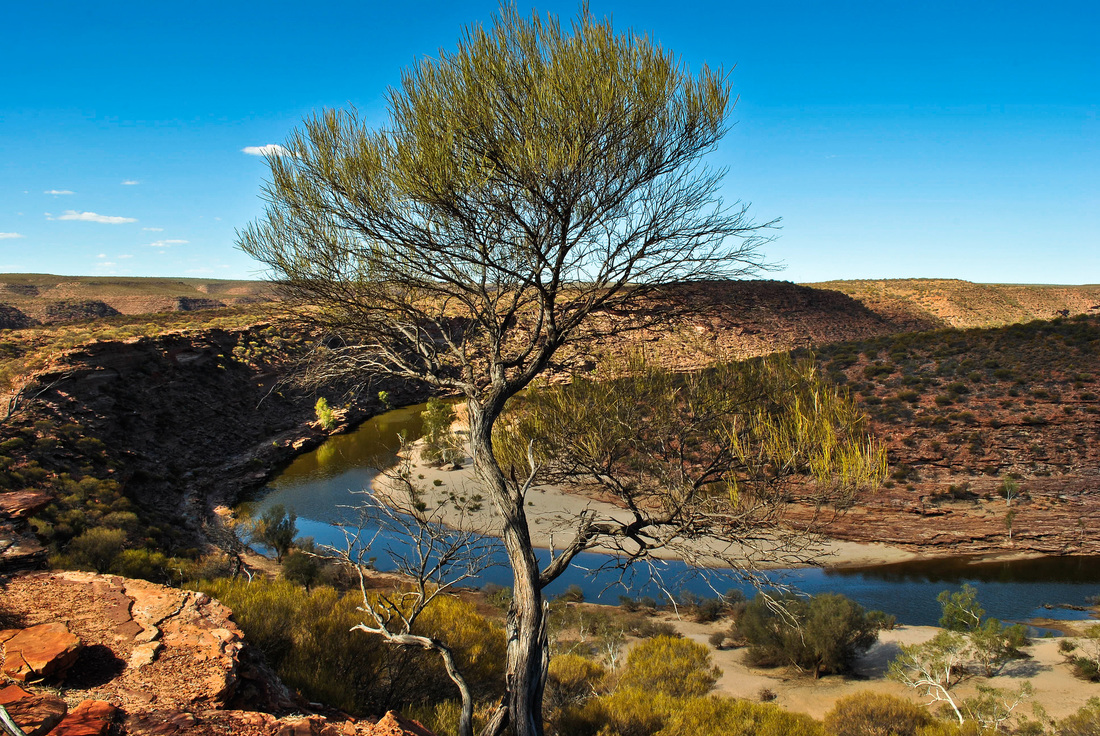
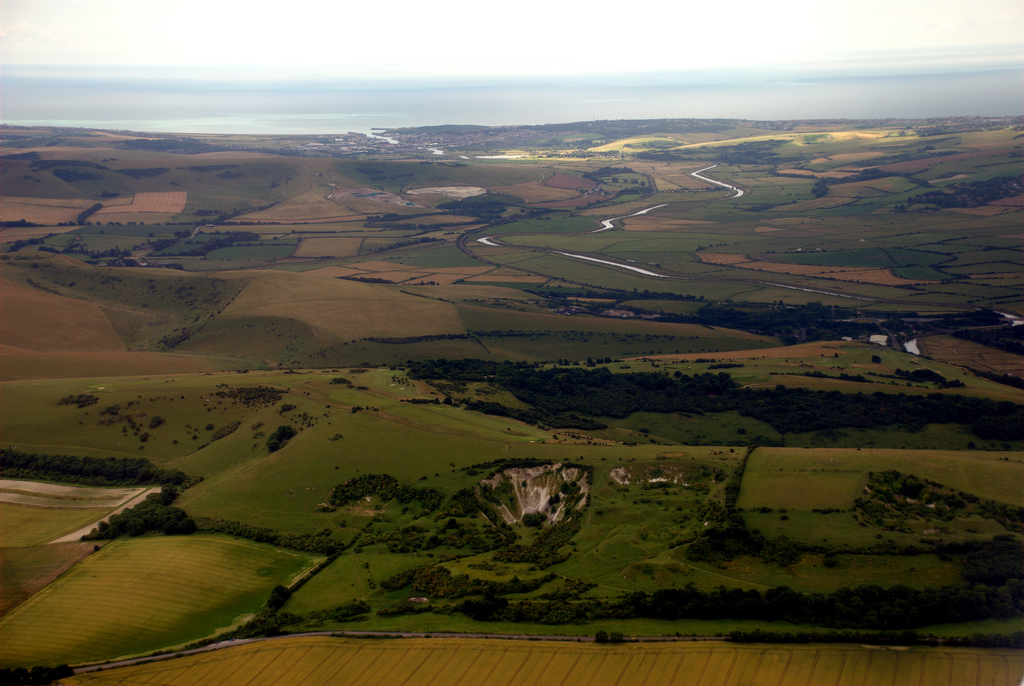
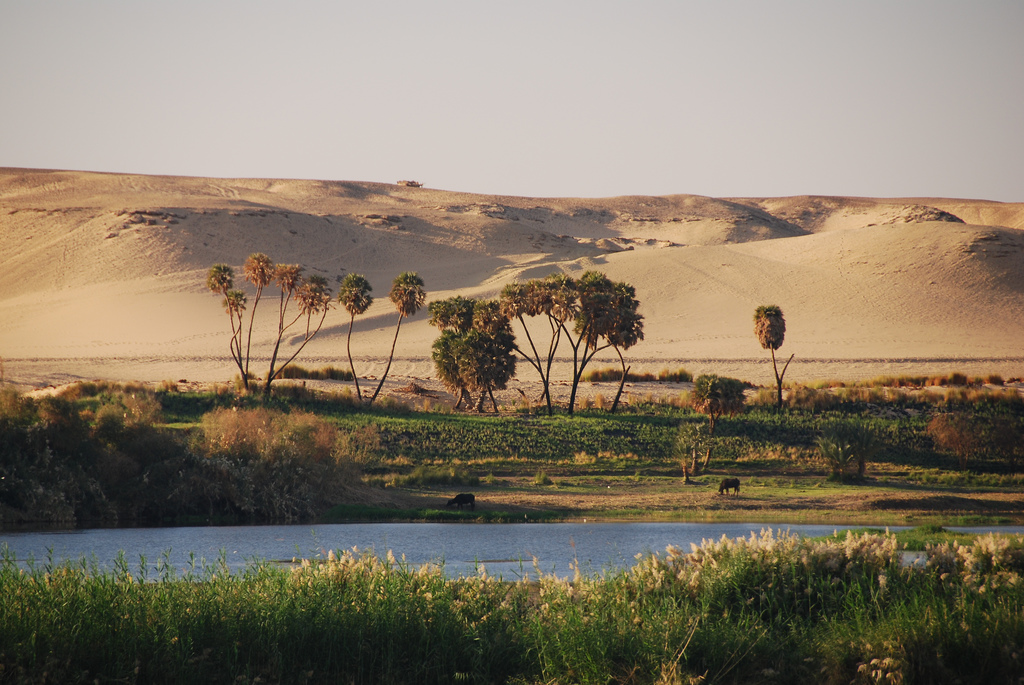
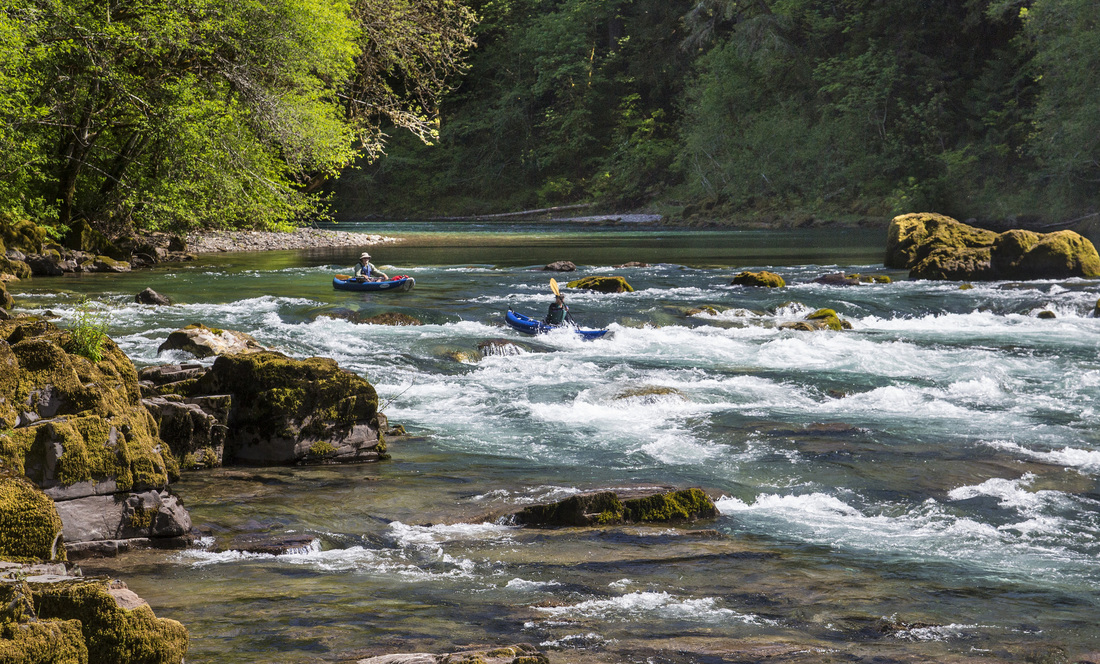
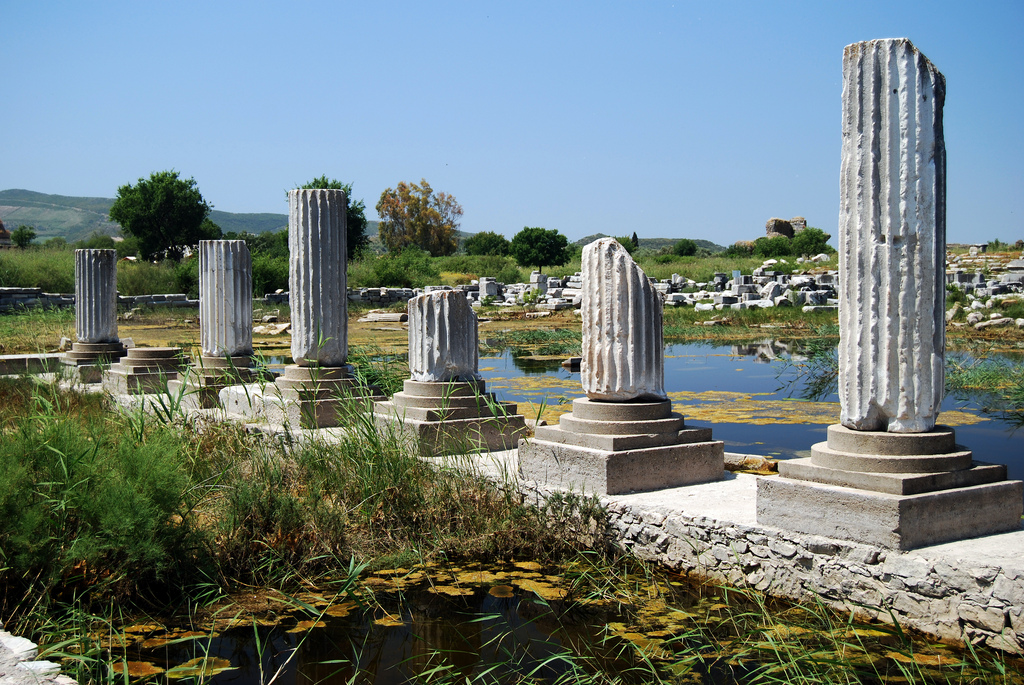
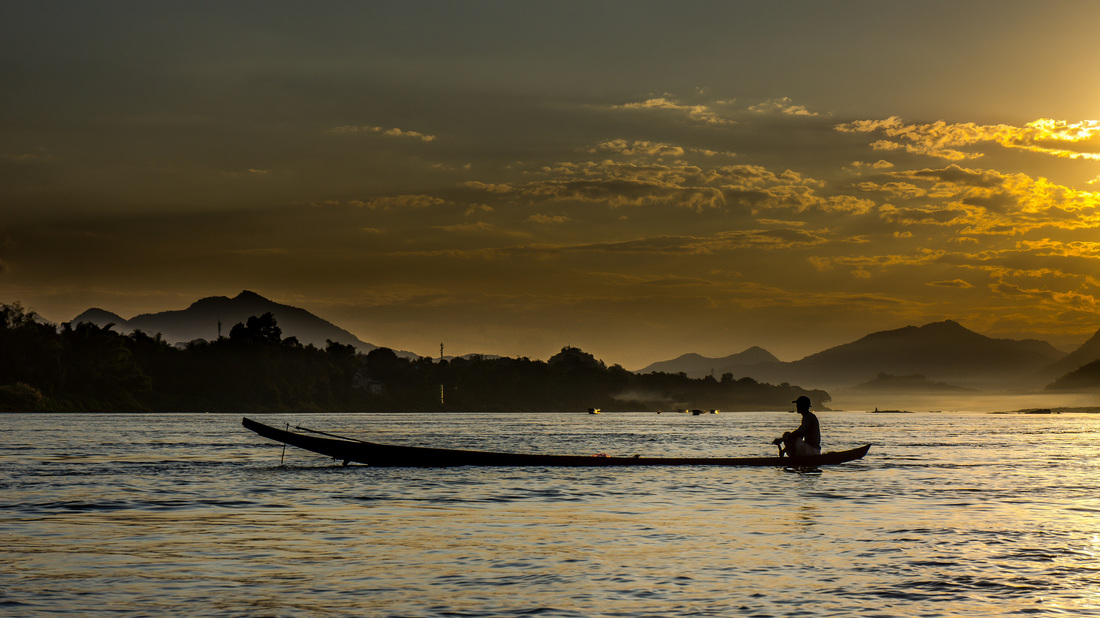
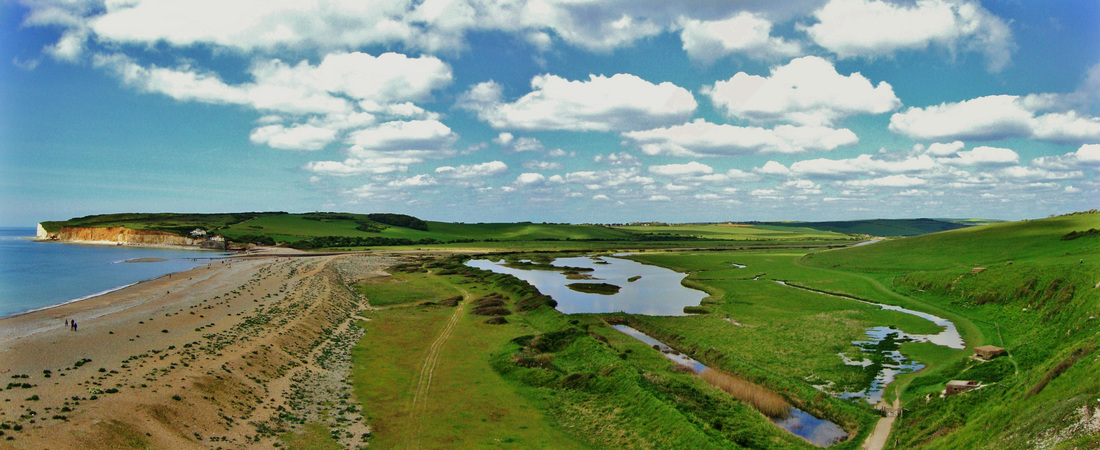
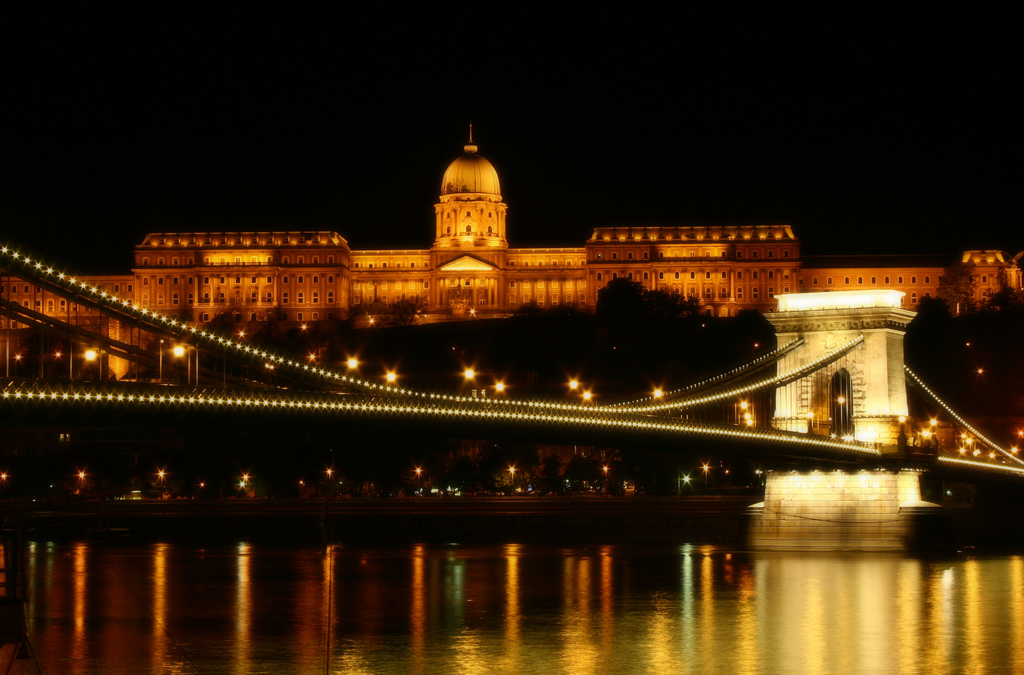
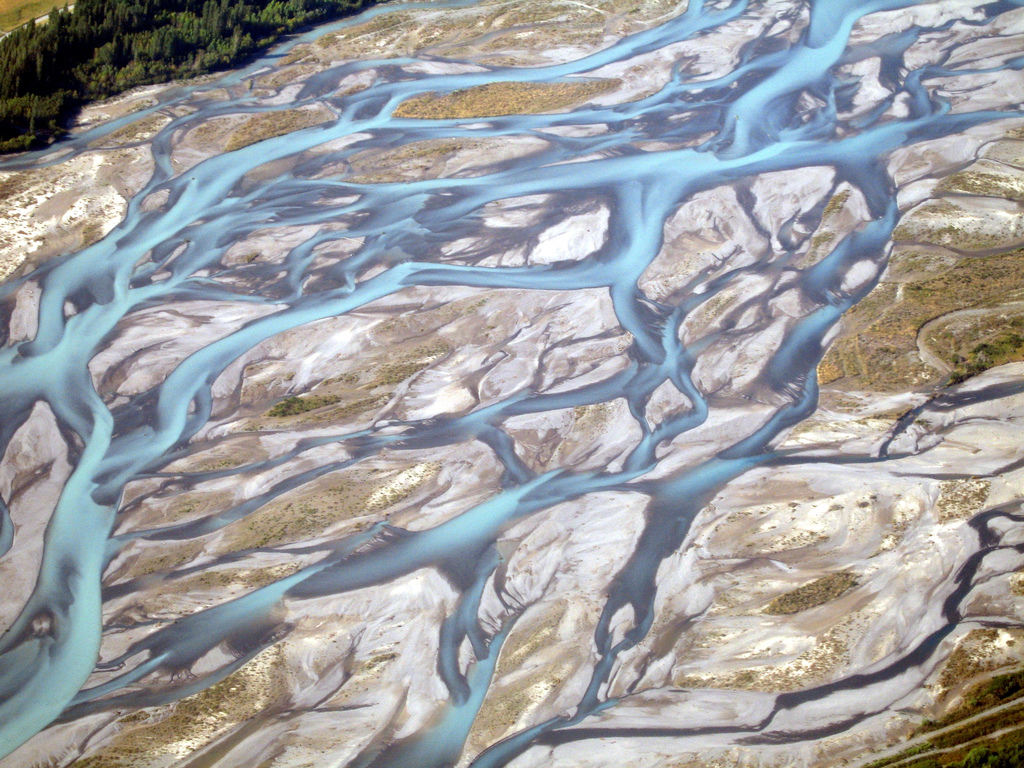
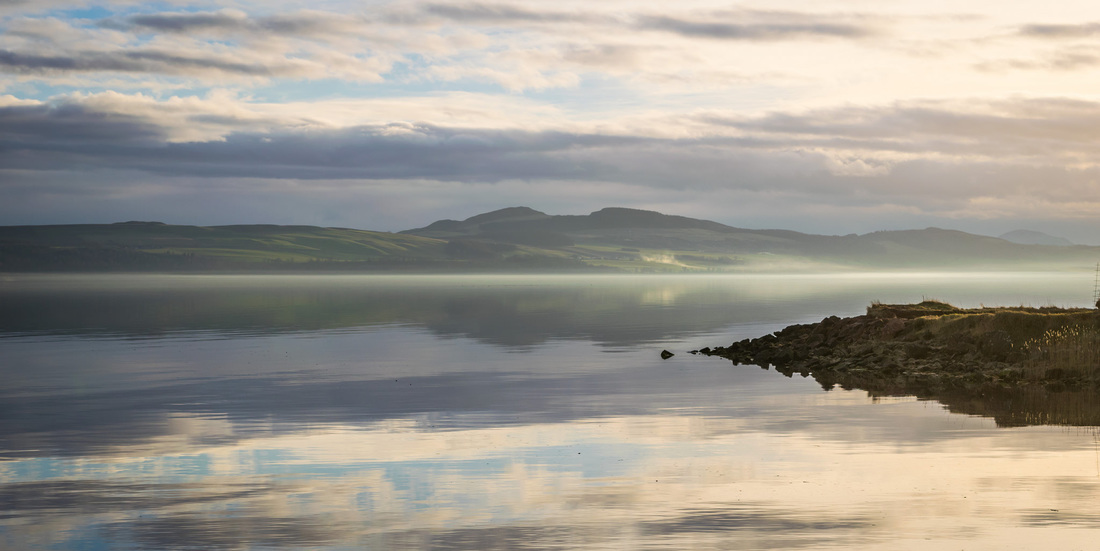
 RSS Feed
RSS Feed
